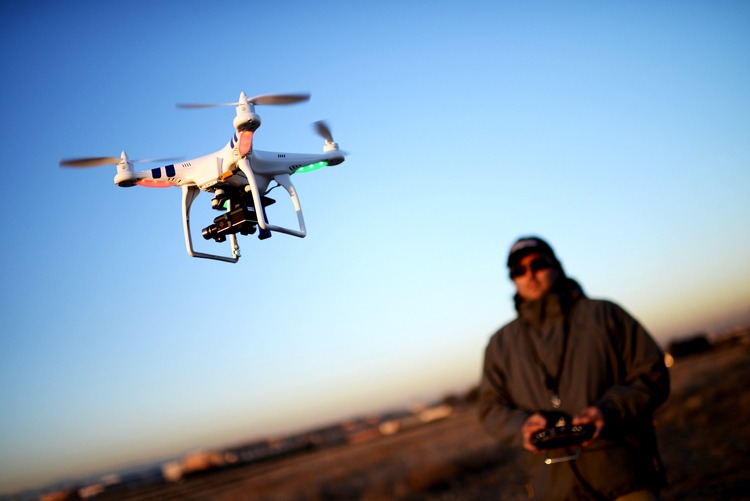Did you just happen to pick up your very first drone? Surely, to a beginner, it might be slightly overwhelming to jump straight into the fray. Here are some compilations of what I think can better alleviate some of that nervous giddiness and, I hope, can be a small stepping stone towards your discovery into flying your very own bird.
1. Don’t you lose it
You would think your drone has a mind of its own if you are not well versed on how to control it. Many drones nowadays come with GPS functionality, which not only gives you a greater awareness over the location of your bird but also, depending on the model, have a colloquial “Come Home” option.
Simply put, your drone remembers the last geographic location from where it took off, and with the help of a GPS backtracks to that position and quietly lands itself should you happen to lose track of it. This feature can be used with a simple press of a button, or your drone can automatically do so if goes out of controlling range.
2. Learn to hover and land
The most advanced skill is perhaps the simplest one you can master. Before you go chasing after eagles and pigeons, at least make sure you don’t keep crashing your drone into your feet barely 2 feet above the ground. Many times a novice pilot is a little too excited to learn the elementary handling of the drone.
Not only is it the two most basic things to learn, but it is also a skill that pays a dividend even when you are at a higher altitude. Hovering will allow you to withstand gusts of wind efficiently midair and make emergency landings more cleanly, both marks of a proficient drone pilot. There are a plethora of online tutorials and self-help videos which leaves you no room for skimping.
3. Take care of it
Proper maintenance is a good practice to follow with almost any mechanical gadgets, more so if they come with an expensive price tag. Over the long haul, the cost associated with maintenance is far cheaper than repairing something that is constantly acting up.
Let’s give you a brief guideline:
1. clean out the debris and dust after every flight using appropriate tools of the trade -such as soft fiber clothes and isopropyl alcohol
2. do a pre-flight check making sure rotaries are working and not making any funny noises or stuttering (the latter usually calls for lubrication) and check for any calibration
3. do software firmware updates
This list is in no way exhaustive, but it is a very general guide that should be effective.
4. Be aware of your limitations
Common sense is your friend. If there is a tornado heading your way, don’t…or maybe you should. I mean who wouldn’t want to capture an epic moment of mother nature in all her glory? After all, that is precisely one exemplary usage of drones, right? On a more serious note, be sensible and don’t send out your drone when the weather is not right.
Please also display a sense of civic duty and be aware of ethical gray areas you might encounter. Don’t send out your drones in public places where people might feel invaded of their privacy, and absolutely don’t use it to spy on people. Read up on your local laws to make sure you are not breaking any.
5. Read
Yes. This article counts. But do read more. There are often many intricacies unique to each individual make of drones that it will be hard to find an explanation in any one stop article. If you happen to encounter any difficulties or are simply looking for a guide on the specific features of your drone, often the most ideal place to start is your very own drone’s manual. If that proves to be insufficient, why not take advantage of the many friendly community forums on drones?
In conclusion, I have no doubt that you are excited about your maiden voyage, but I hope you follow some certain recommendations to prevent yourself from running into trouble. Drones can be a rewarding hobby if approached sensibly.



